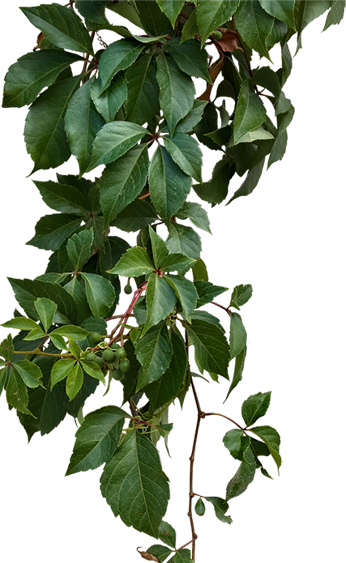
Vertical Farming Essentials: Lighting Strategies for Multi-Level Indoor Farms
- Home
- Vertical Farming Essentials: Lighting Strategies for Multi-Level Indoor Farms
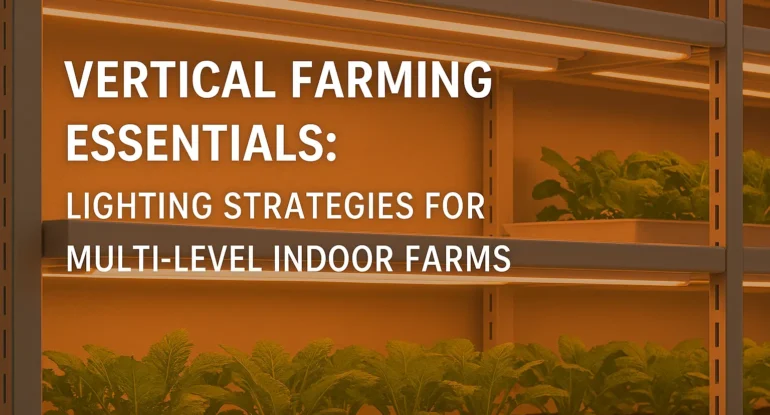
Vertical Farming Essentials: Lighting Strategies for Multi-Level Indoor Farms
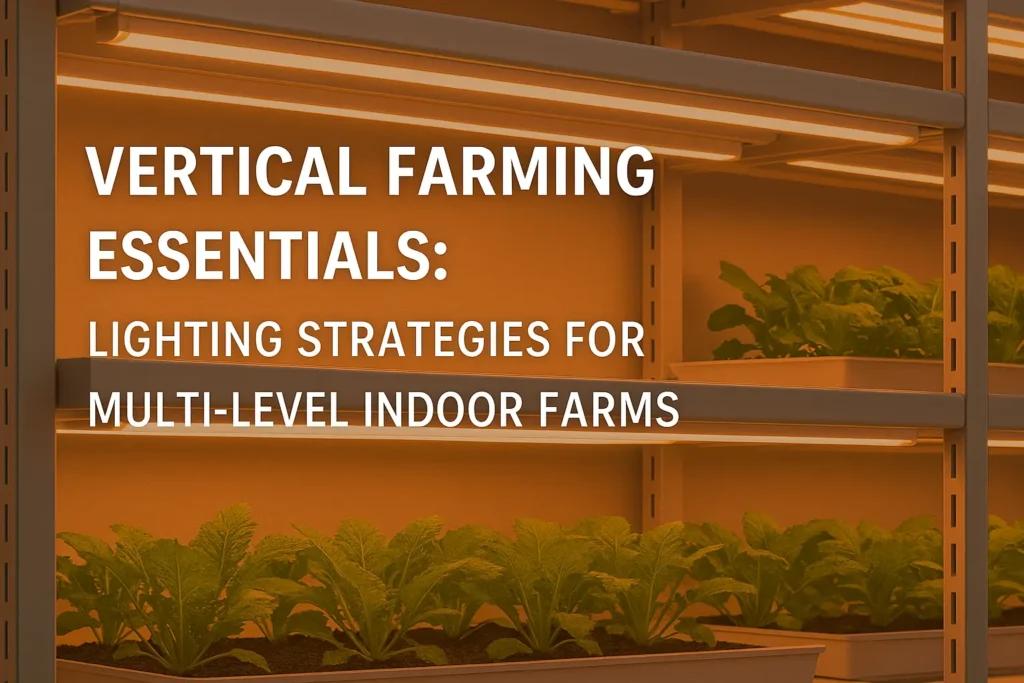
As cities like Auckland, Wellington, and Christchurch grow rapidly, New Zealand faces a pressing challenge: how to produce fresh, local food sustainably within urban limits. Vertical farming is emerging as a transformative solution — using multi-tier indoor systems to grow crops efficiently in warehouses, greenhouses, and even converted shipping containers.
One of the most critical components of successful vertical farming in NZ is lighting. Without sunlight, indoor crops rely entirely on artificial light, and the quality, intensity, and duration of that light can make or break your yield. In this guide, we’ll explore lighting strategies tailored for vertical farming in New Zealand, with a focus on LED grow lights, energy efficiency, and plant-specific optimization.
🌱 Why Vertical Farming is Growing in New Zealand
Vertical farming offers unique advantages for New Zealand growers:
Year-round growing: Perfect for regions with harsh winters or unstable outdoor conditions.
Urban food security: Reduces transport costs and ensures fresher produce.
Sustainable agriculture: Uses 90% less water and no soil, reducing the need for pesticides.
Scalable for small businesses: Perfect for Māori growers, startups, and small-scale operators.
But to unlock these benefits, effective lighting strategies are key.
🔆 Understanding the Role of Lighting in Vertical Farms
Unlike traditional greenhouses or outdoor farms, vertical farming systems are typically enclosed environments. That means all the light needed for photosynthesis must be provided artificially — and it has to be the right kind of light.
LED grow lights are now the industry standard due to their:
Energy efficiency (lower power bills)
Longevity (50,000+ hours of use)
Customizability (specific spectrum control)
In a multi-tier system, where plants are stacked in shelves, uniform light distribution and heat control become especially important.
💡 Top Lighting Strategies for Vertical Farming in NZ
1. Full-Spectrum LED Grow Lights
Plants need different wavelengths for different stages of growth:
Blue light (400–500 nm): Stimulates strong vegetative growth (ideal for leafy greens).
Red light (600–700 nm): Encourages flowering and fruiting (tomatoes, capsicum).
Far-red and UV: Enhance pigmentation, flavor, and secondary metabolites.
In New Zealand, full-spectrum LED bars or panels allow growers to mimic natural sunlight and tailor output depending on crop and season.
2. PPFD Optimization (Photosynthetic Photon Flux Density)
Rather than just wattage, focus on PPFD — the amount of usable light reaching your plants (measured in µmol/m²/s). For vertical farming:
Leafy greens: 100–250 PPFD
Fruiting vegetables: 300–600 PPFD
Tissue culture: 40–80 PPFD
LED lights should be mounted close to plants (20–40cm) and adjusted based on growth stage.
3. Photoperiod Scheduling with Timers
Plants need rest, too. Use digital timers or automation tools to set day/night cycles:
Leafy greens: 14–16 hours of light
Tomatoes, capsicum: 12–14 hours
Microgreens: 8–10 hours (short lifecycle)
Photoperiod control is crucial to reduce stress, improve yield, and minimize energy waste.
4. Layered Light Placement for Multi-Tier Racks
In vertical farms, light must reach each layer equally. Poor lighting on the lower levels leads to poor yields.
✅ Use narrow-angle lenses or adjustable LED bars on each layer
✅ Ensure reflectivity on rack walls to minimize loss
✅ Avoid heat buildup using low-heat LEDs or water-cooled systems
5. Integrating Sensors and IoT for Smart Farming
IoT sensors (light, temperature, humidity) allow real-time data collection. With smart lighting controllers, NZ growers can:
Auto-adjust spectrum and intensity
Monitor crop performance remotely
Reduce labour costs and human error
This is particularly beneficial for remote farms or large-scale indoor facilities in areas like Tauranga or Invercargill.
🇳🇿 Real-Life Use Case in New Zealand
A vertical farming startup in Wellington installed a 5-tier leafy green farm using full-spectrum LED bars. By optimizing blue-red ratios and using smart scheduling, they reduced energy consumption by 40% while achieving 35% faster harvests than traditional greenhouse methods. Their crops now supply cafes and home delivery boxes across the region.
✅ Advantages of Optimized LED Lighting in Vertical Farms
🔋 Lower energy bills with efficient power use
🌿 Faster plant growth with ideal spectrum targeting
🌡️ Cooler temperatures, reducing HVAC load
🌎 Eco-friendly operation, supporting NZ’s carbon goals
💧 Better water retention, thanks to less evaporation from heat
🌏 Supporting Local AgTech Growth in NZ
LED lighting in vertical farming supports:
Urban food systems in Auckland and Christchurch
Māori-led farming collectives using sustainable methods
Horticulture education in NZ schools and universities
Indoor gardening trends among hobby growers
FAQs
1. What type of LED grow light is best for vertical farming in New Zealand?
Answer: Full-spectrum LED grow lights are the best choice for vertical farming in New Zealand. They mimic natural sunlight and provide the ideal range of light wavelengths (including red, blue, and far-red) needed for different stages of plant growth. Look for energy-efficient models with adjustable spectrum and high PPFD ratings for maximum crop yield.
2. How much light do plants need in a multi-tier indoor farm?
Answer: Light requirements vary by crop, but most leafy greens thrive with 100–250 PPFD, while fruiting crops like tomatoes may need 300–600 PPFD. In a vertical farm setup, it’s important to ensure even distribution across all layers and adjust intensity based on plant height and stage of growth.
3. Can vertical farming with LEDs reduce power costs in New Zealand?
Answer: Yes. LED grow lights consume significantly less electricity than older technologies like HPS or fluorescent lights. When combined with timers and smart sensors, they help NZ growers cut energy costs, reduce carbon footprints, and qualify for sustainability incentives.
4. Is vertical farming suitable for small-scale growers or hobbyists in NZ?
Answer: Absolutely. Vertical farming systems can be scaled to suit homes, garages, and small commercial setups. With modular racks and compact LED lights, even hobbyists in urban NZ areas can grow fresh greens, herbs, or microgreens indoors year-round.
5. What are the main challenges of lighting in vertical farms?
Answer: The main challenges include ensuring uniform light across tiers, managing heat (especially in enclosed spaces), optimizing spectrum for different crops, and keeping energy usage efficient. Fortunately, modern LED solutions and smart automation systems are addressing these issues effectively.
Popular Products
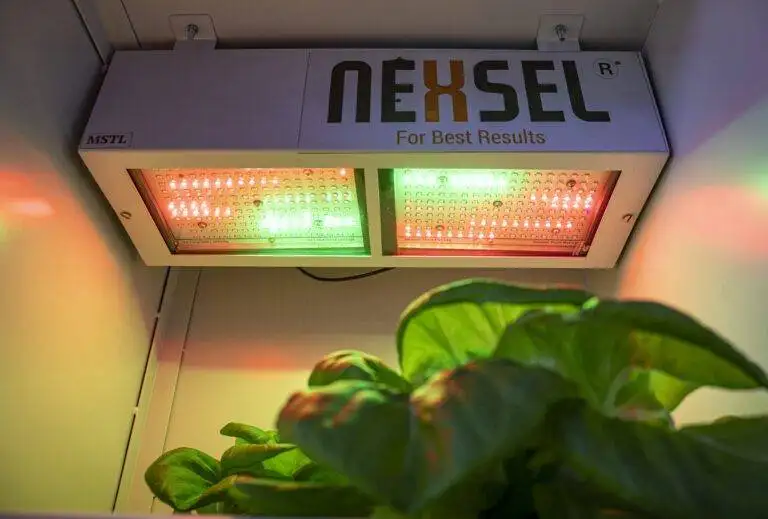
Enquire Now
Quick Link
Other Links
Design & Developed By VBTEK
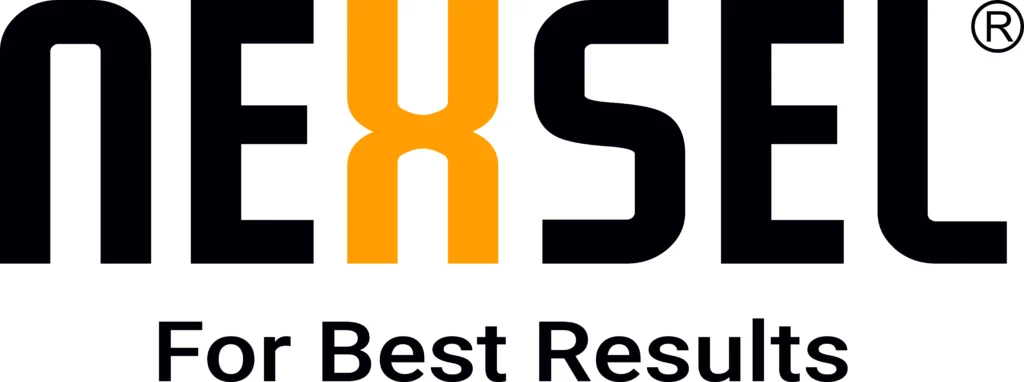
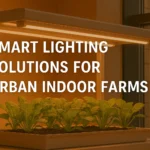
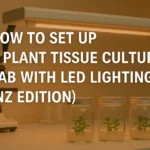
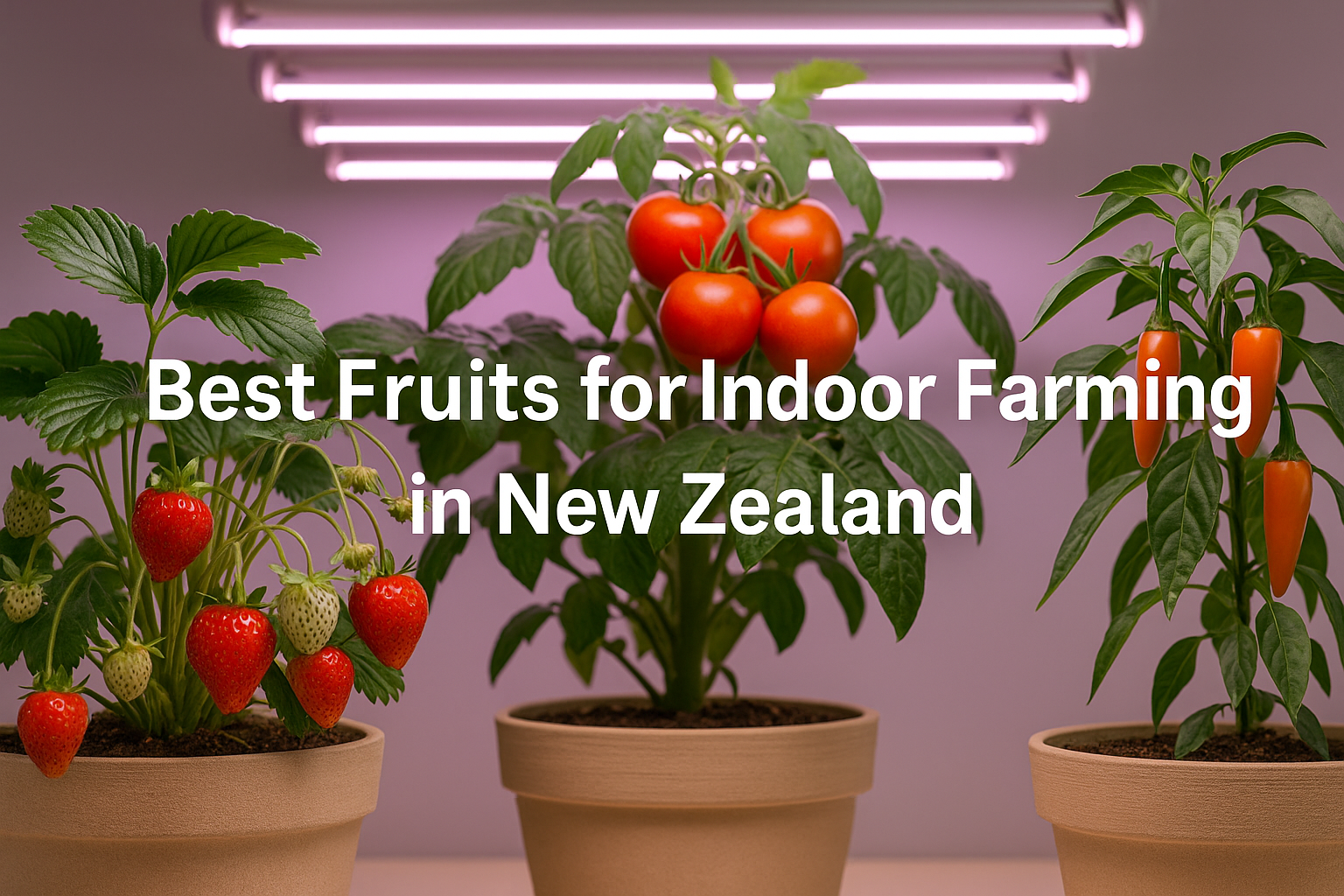




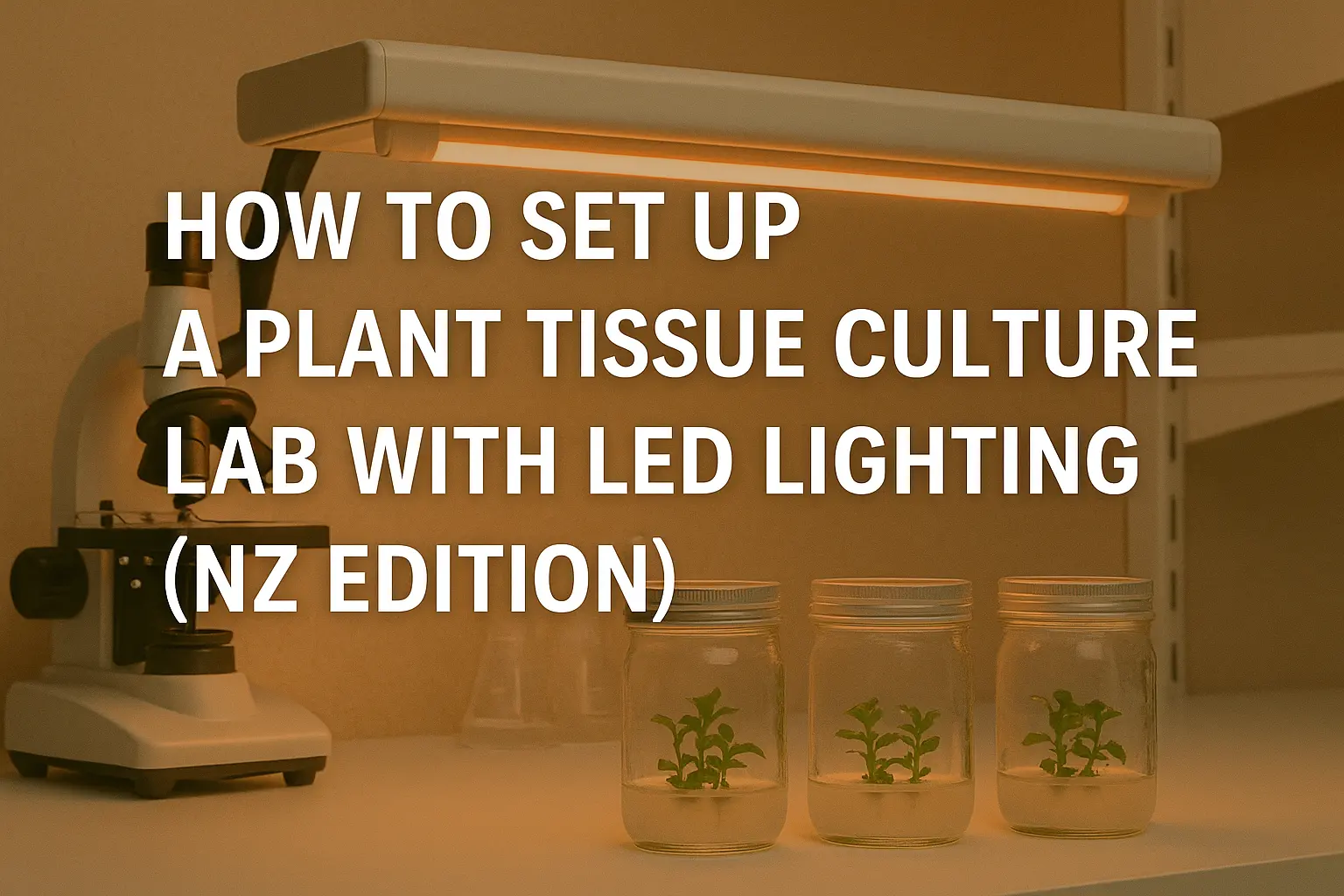
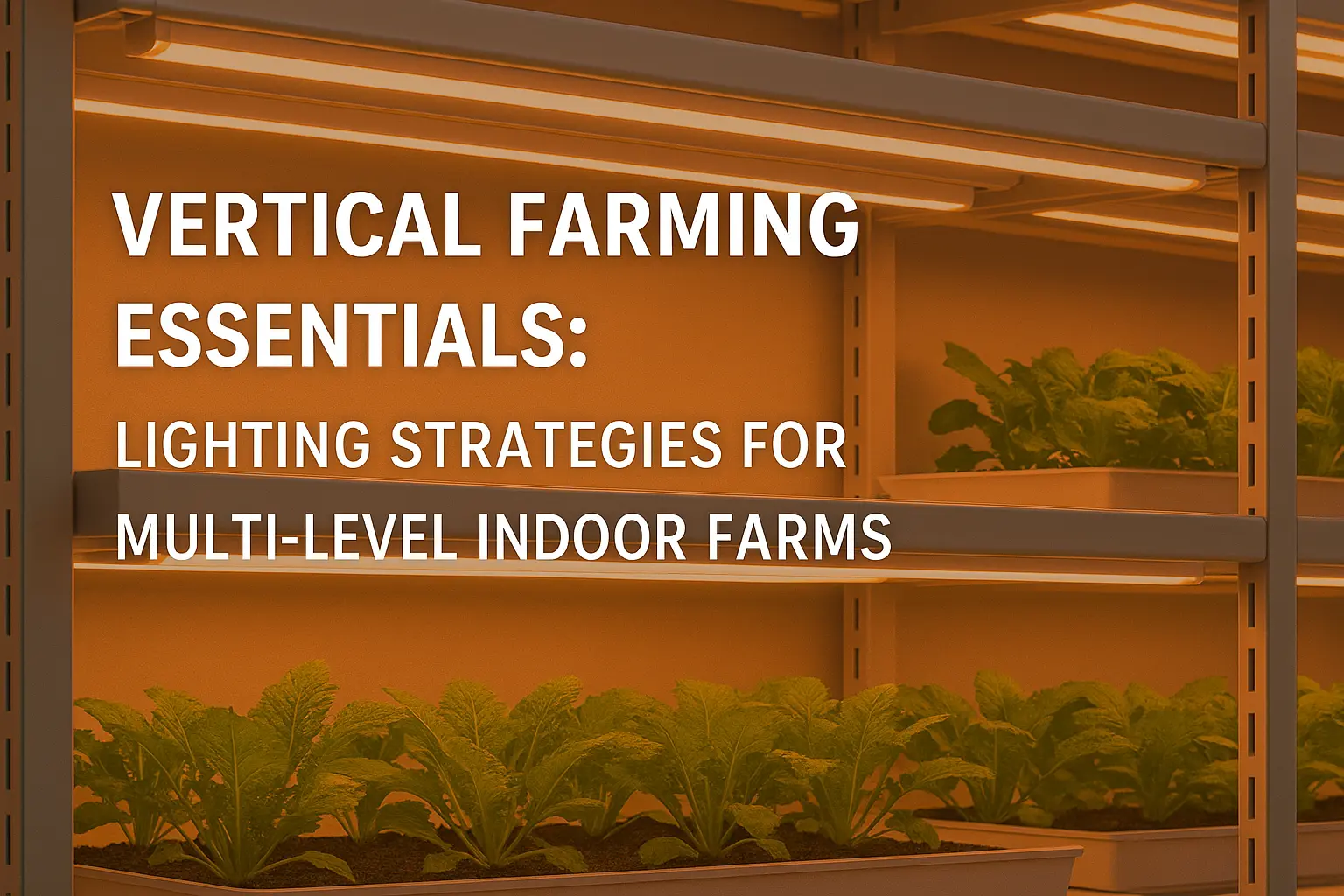
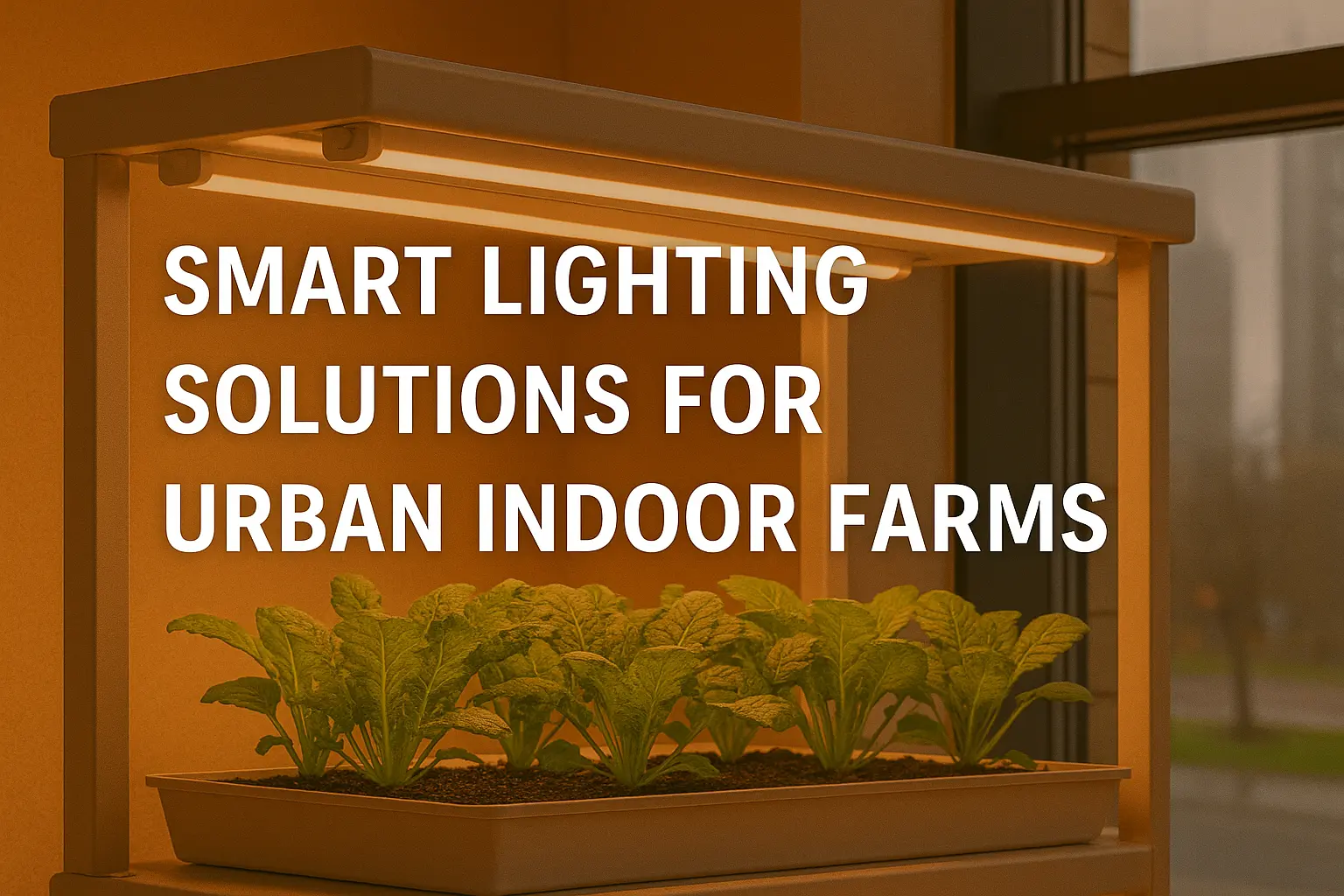
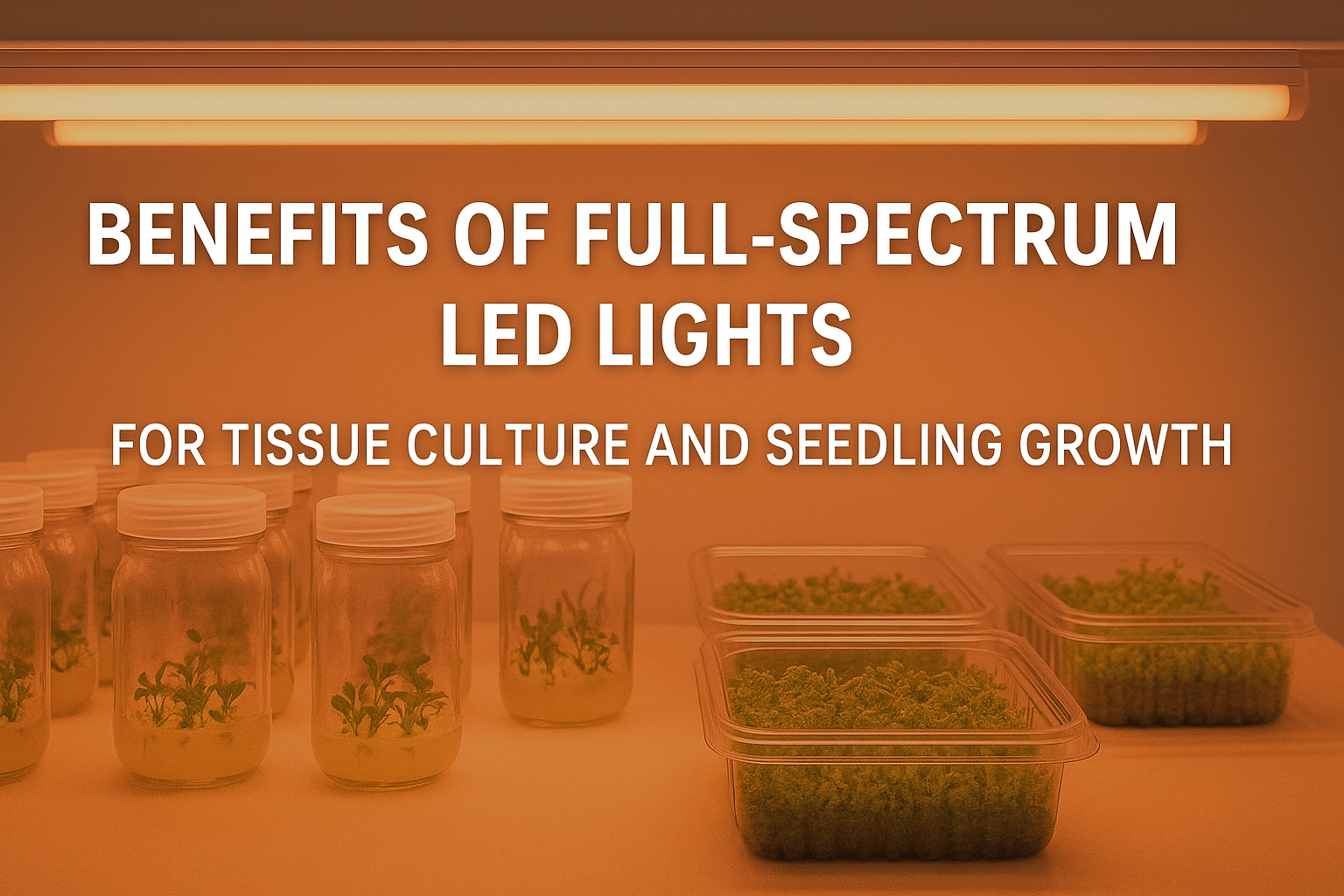
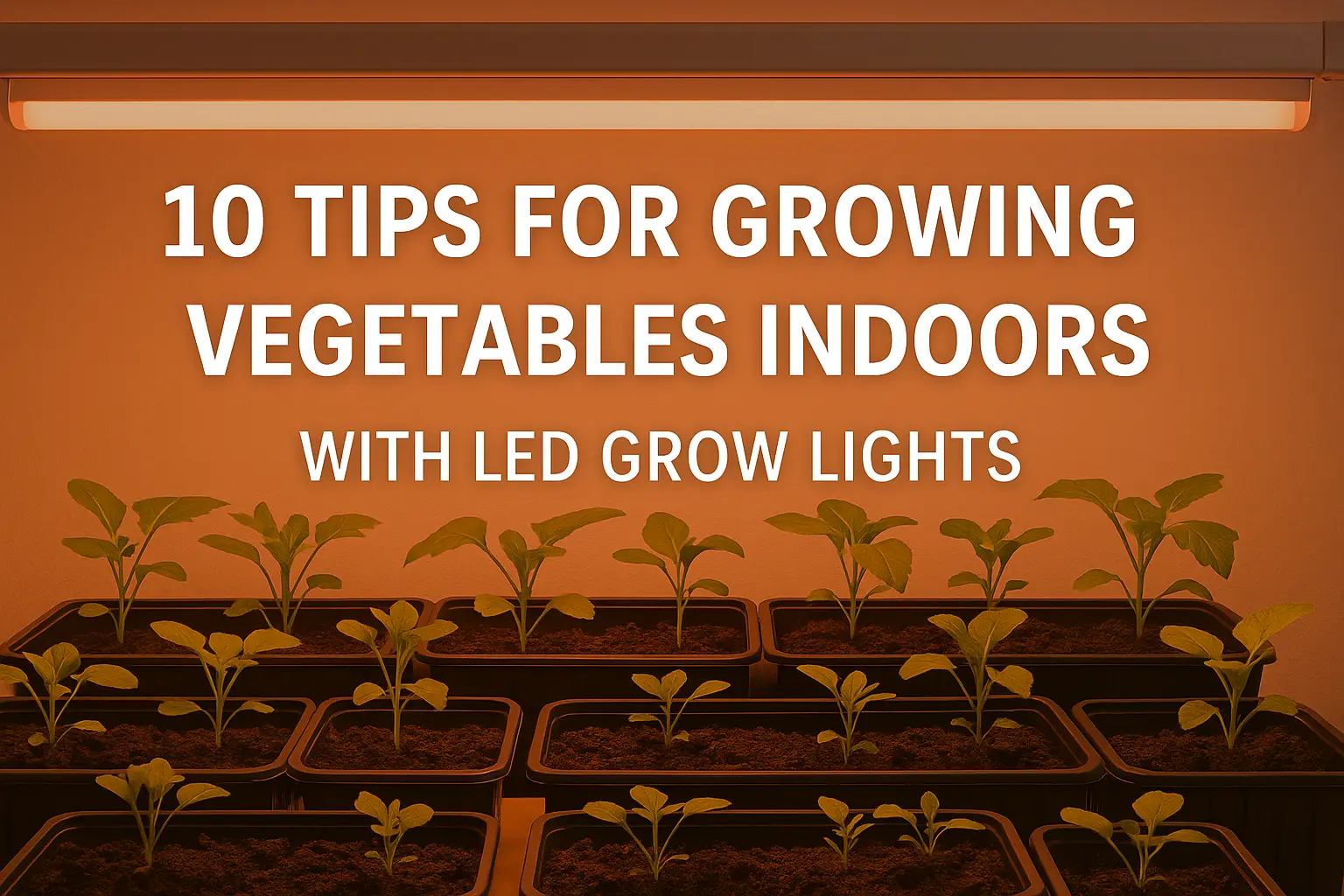
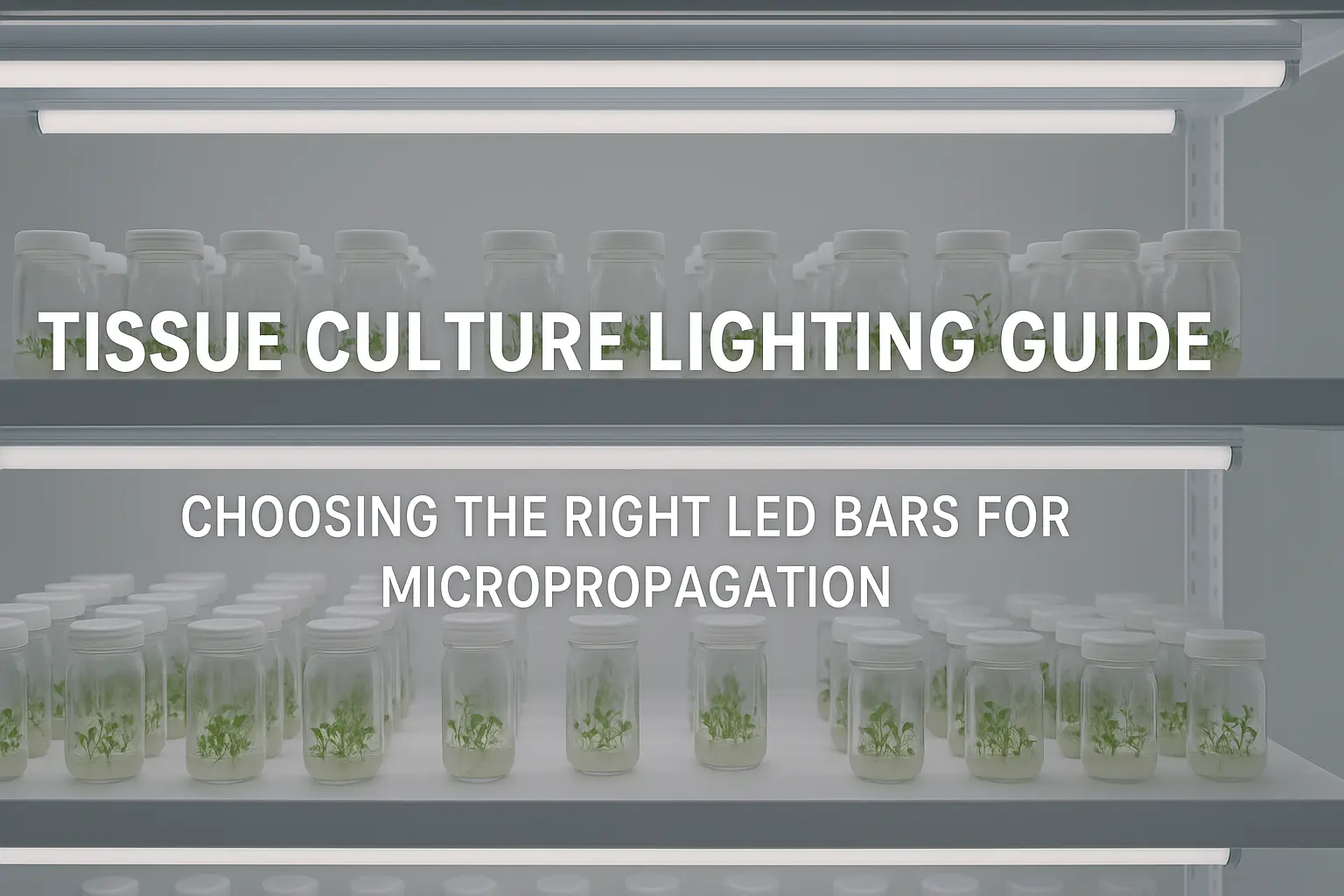
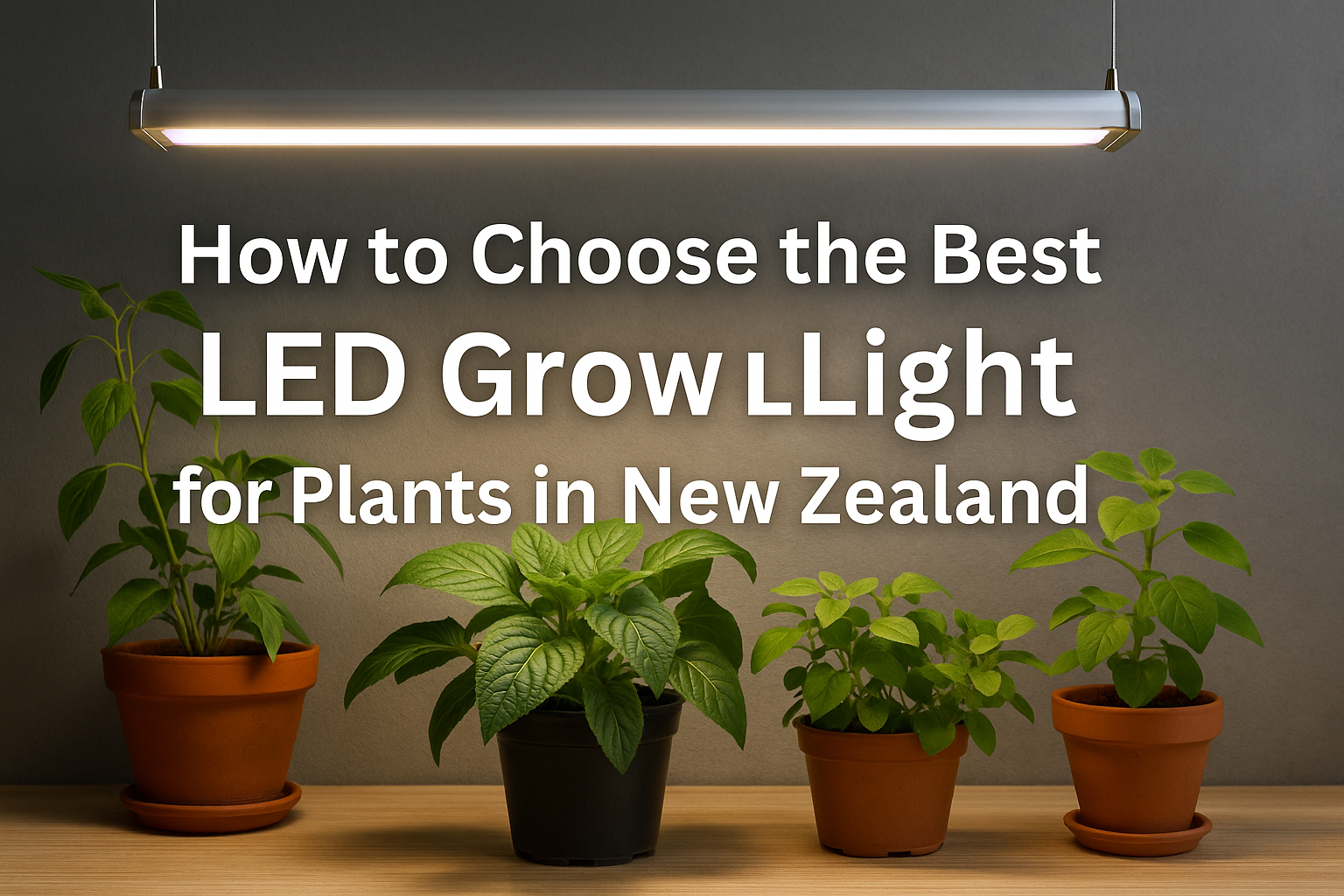



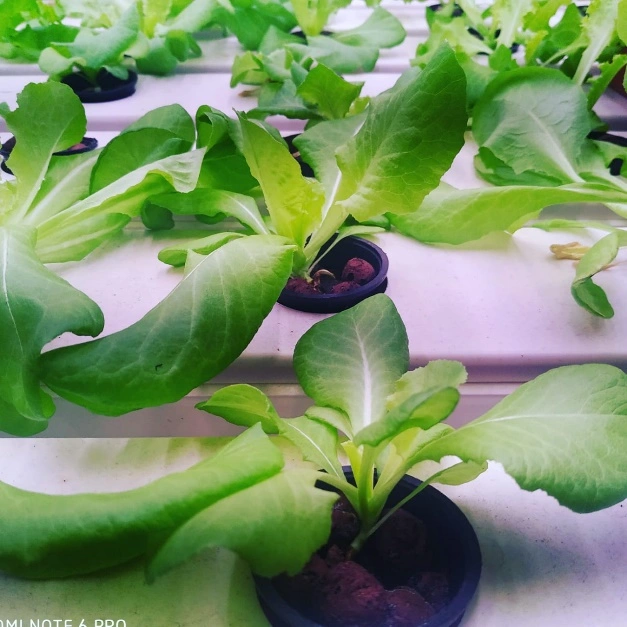

Leave A Comment